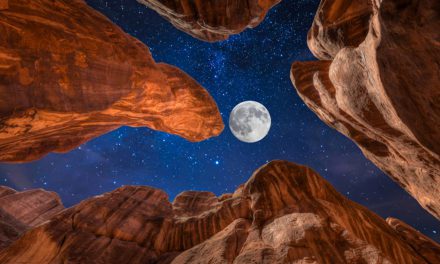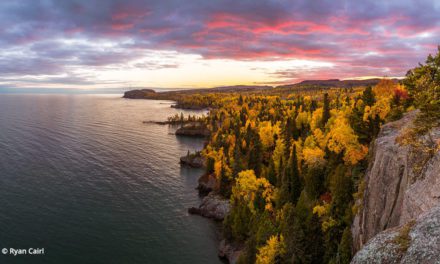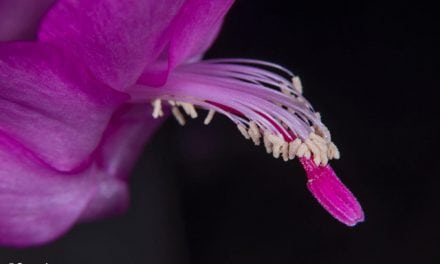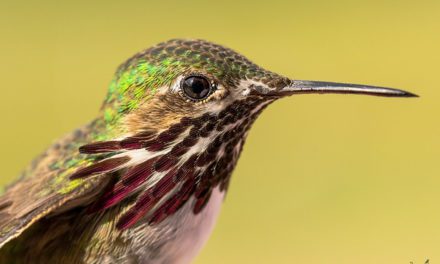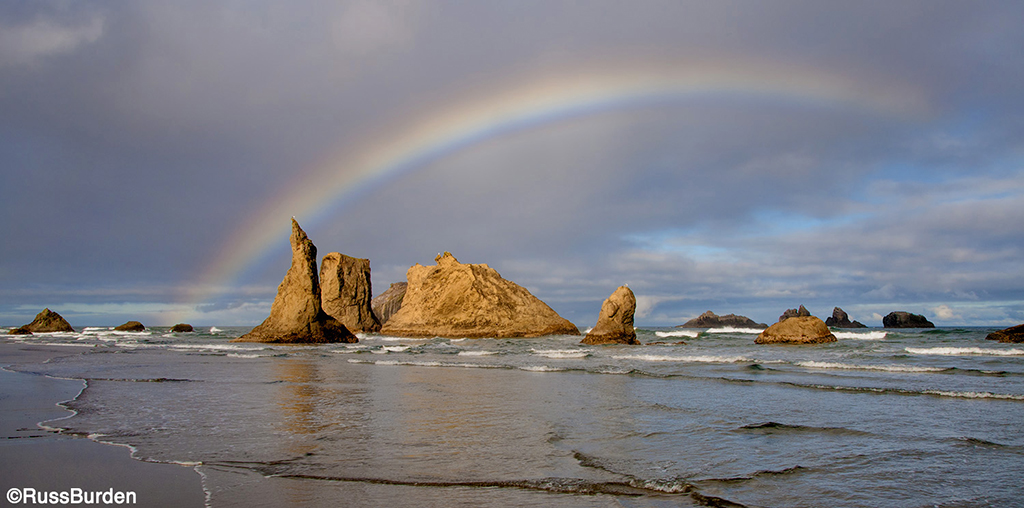
Clouds make great backdrops for most nature subjects. They add interest, become compositional elements, create balance, provide color and add drama to landscape or wildlife photos. They can be a primary or secondary component. At times, they can simply serve as a colorful backdrop for a silhouette. As you can see, they’re quite diverse and integral to the success or failure of a photo. The more strategically you weave them into your compositions, the greater the chance of them improving the photo. Here are some tips for cloud photography when working with landscapes and wildlife.
Landscapes Cloud Photography
Landscapes are one of the most popular subjects of every nature photographer. Whether you’re a seasoned pro, weekend warrior or simply make them when you go on family vacations, I encourage you to be in the field at sunrise and sunset when clouds are in the forecast. Whether it’s their undersides that radiate color above the rising or setting sun or they take on a golden hue as they’re illuminated by first or last light, both are assets.
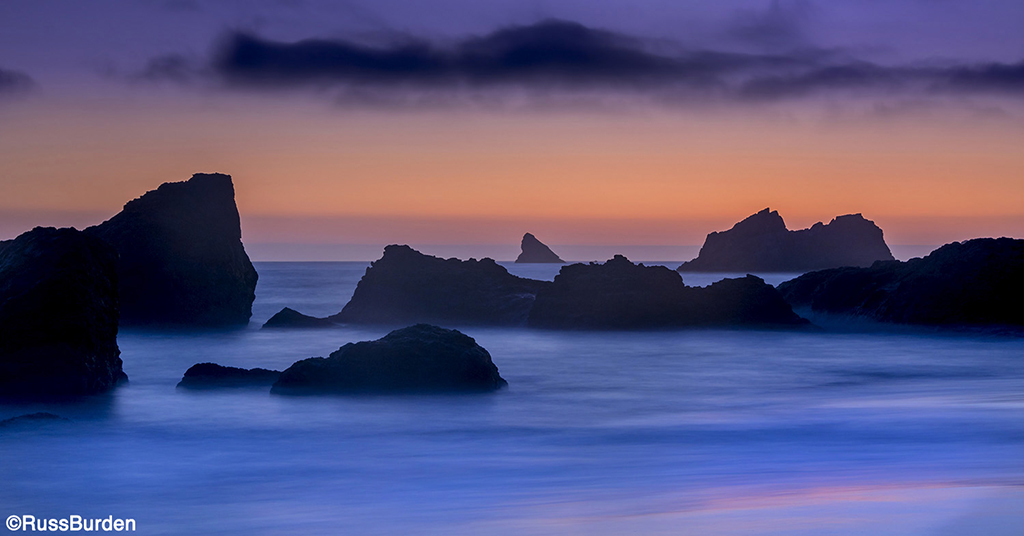
The rule of thumb is the more colorful the clouds appear and the more expanse the color takes up, include those areas in the composition. When possible, use the two-thirds vs. one-third principle. When the sky is electric, construct the image so two-thirds is the sky so it becomes the dominant component. Devote one-third of the photo to the landforms. This ratio tends to work more strongly when oriented in a vertical format. It’s best to not split the horizon down the middle as the image appears more static. The offset ratio is more dynamic and psychologically conveys movement and motion.
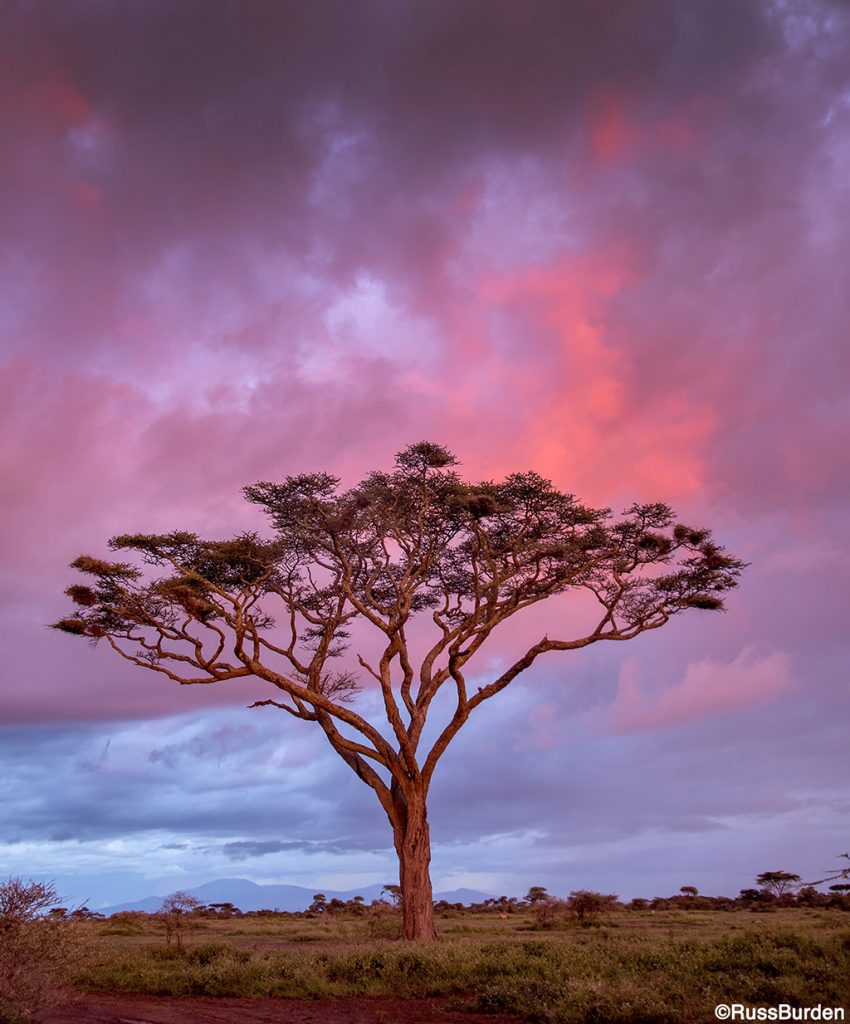
Clouds become integral components of any landscape. Where they’re positioned in the frame, whether they add dramatic color at sunrise or sunset, how thick they are, what type they are, are they on the edge of a storm, etc., all should be taken into consideration before you press the shutter. On days I label “severe clear,” meaning the sky is completely blue, I include as little sky as possible as it proves to be a featureless mass of blue.
Wildlife Cloud Photography
Much of my wildlife shooting is also done around the hours of sunrise and sunset. These two times of day provide the best lighting conditions. If the sky below the horizon is clear yet clouds exist above it, this is often the recipe for dramatic color. The undersides get lit and paint the clouds in tones of pink, red, yellow and orange. This is when I look for silhouettes of animals that walk along a clean horizon line. When I run my safaris to the Serengeti, we’re on the constant lookout for skylined giraffe, zebra, elephant and other iconic and easily distinguishable shapes of animals to offset against colorful clouds.
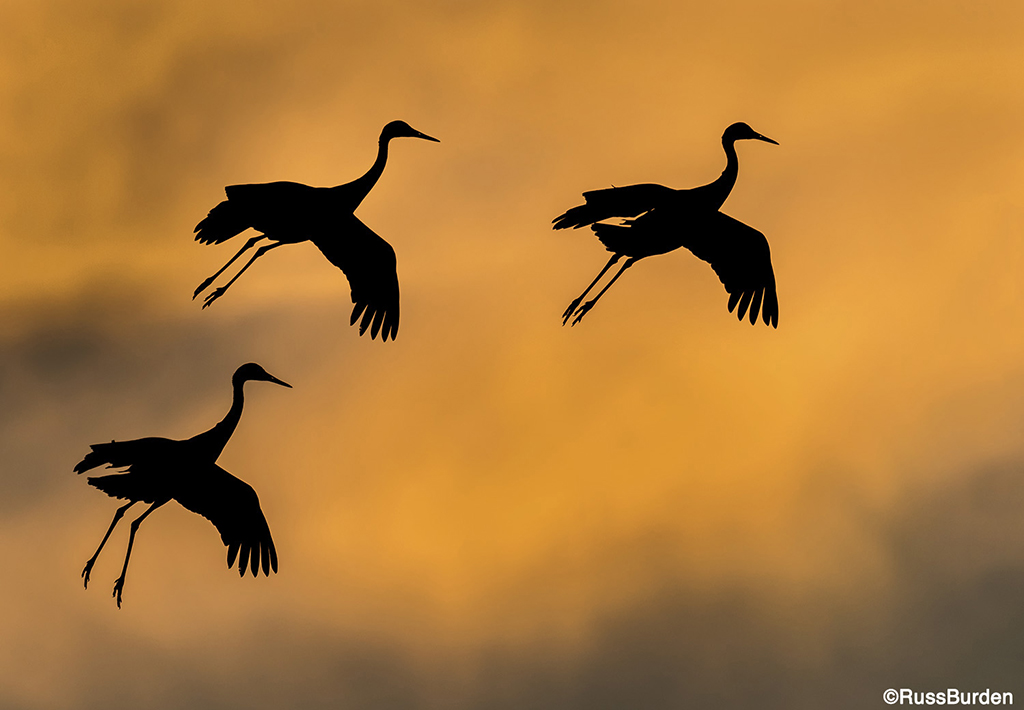
I also like to work the silhouettes of birds in flight against electrically charged color since their wing shapes and positions are accentuated. If they fly in formation, work in small groups and choose a small number that shows harmony and grace in their formation. I prefer to work with odd numbers as it’s been proven there’s a psychologically positive aspect to them. My favorite number is three, but I also like to work groups of five and seven.
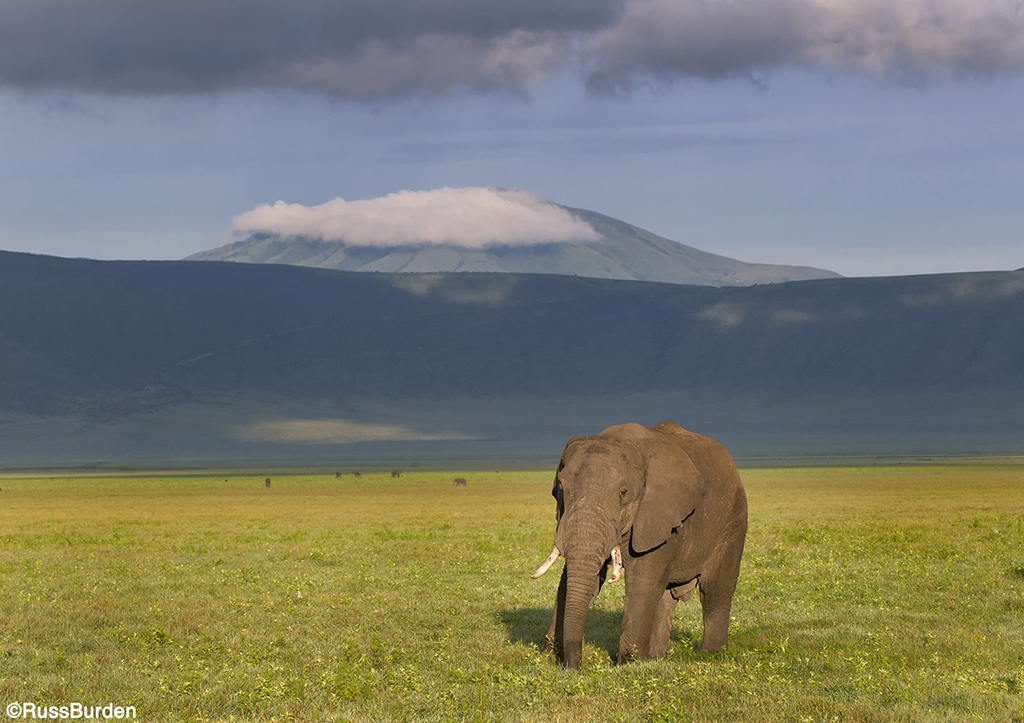
Not all wildlife shots have to fill the frame with the animal. I like to show where the animal resides, its habitat and territory. I refer to this as a “wildlife in its environment” shot. I use wider lenses and position the main subject based on the rule of thirds. These images often dictate that the sky will be included in the photo. I mentioned the “severe clear” concept above and it also applies to wildlife compositions. If the sky is bland, I tend to exclude it. The more intriguing the clouds appear, the more I intentionally integrate them into this “wildlife in the environment” photo.
So, simply have fun when you’re in the field and don’t overlook the inclusion of some great skyscapes to dictate your landscape and wildlife compositions.
To learn more about this subject, join me on a photo safari to Tanzania. Visit www.russburdenphotography.com to get more information.
The post Cloud Photography Primer appeared first on Outdoor Photographer.











